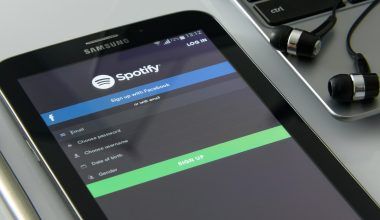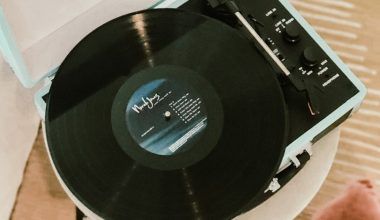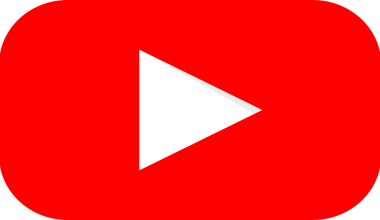If you’re an independent artist, you might think getting your music on iTunes without a label is impossible. But here’s the good news: it’s entirely doable! In fact, thousands of indie musicians are already distributing their tracks on iTunes and thriving in the digital music scene. The best part? You can do it too, even if you’re just starting out. Let’s dive into the step-by-step process of Distribute your music on iTunes without a label.
Why Distribute Your Music on iTunes?
Before we jump into the how-to, let’s talk about why iTunes should be part of your music distribution strategy. iTunes is one of the most popular platforms for buying and streaming music globally. Millions of music lovers use it daily to discover new tracks, and this makes it an incredible platform to grow your fanbase.
Unlike platforms like YouTube or SoundCloud, iTunes lets you sell your music directly. That means you can earn money while also reaching a wider audience. Isn’t that exciting? Whether you’re a solo artist or part of a band, getting your music on iTunes opens doors to new opportunities.
Can You Really Do This Without a Label?
Absolutely, yes! In the past, artists relied heavily on record labels to distribute their music. Labels had the connections, resources, and expertise to get music onto platforms like iTunes. But times have changed. Today, independent artists have access to tools and services that make music distribution simple, affordable, and effective. You no longer need a label to succeed in the music industry.
Step 1: Create High-Quality Music
First things first, you need great music. Before thinking about distribution, focus on creating tracks that resonate with your audience. Use professional recording equipment, hire a sound engineer if necessary, and don’t skip the mastering process. High-quality music has a better chance of standing out on platforms like iTunes.
Step 2: Choose a Music Distributor
Now, let’s talk about the tool that will help you distribute your music on iTunes. Since you’re not working with a label, you’ll need a digital music distributor. These are services that act as a bridge between you and platforms like iTunes. Some popular distributors include:
- Delivermytune
- DistroKid
- CD Baby
- Amuse
Each distributor has its own pricing model and features. For example, TuneCore charges a yearly fee for each release, while DistroKid offers unlimited uploads for a flat annual fee. Compare these options and choose the one that fits your needs.
Step 3: Prepare Your Music for Distribution
Once you’ve chosen a distributor, it’s time to prepare your tracks. Make sure you have the following ready:
- Audio files: Use high-quality formats like WAV or FLAC.
- Album artwork: Design a professional cover that meets iTunes’ guidelines.
- Metadata: Include details like song title, artist name, and genre.
- ISRC codes: These are unique identifiers for your tracks. Most distributors provide them if you don’t have your own.
Step 4: Submit Your Music
Uploading your music is straightforward. Log into your distributor’s platform, upload your audio files, and fill in the necessary details. Be sure to double-check everything—from song titles to release dates. Once submitted, your distributor will take care of getting your music onto iTunes and other platforms.
Step 5: Promote Your Music
Getting your music on iTunes is only half the battle. To make an impact, you’ll need to promote your tracks. Here are some effective ways to do that:
- Social Media: Use platforms like Instagram, TikTok, and Twitter to connect with fans.
- Email Newsletters: Build an email list and share updates about your music.
- Collaborations: Work with other artists to reach new audiences.
- Live Performances: Perform at local events or online gigs to engage your audience.
Step 6: Monitor Your Sales and Streams
Most digital distributors provide analytics tools to track your performance. Use these insights to understand what’s working and where you can improve. If a particular song is performing well, consider investing more in its promotion.
The Benefits of Going Independent
Distributing your music on iTunes without a label comes with several advantages:
- Creative Control: You decide what to release and how to market it.
- Higher Earnings: No label means no one takes a cut from your sales.
- Flexibility: You can experiment with different styles and strategies without interference.
- Direct Fan Connection: Build a loyal fanbase by engaging with listeners directly.
Overcoming Common Challenges
As an independent artist, you may face challenges like limited resources or stiff competition. But don’t let these deter you. Focus on creating authentic music, stay consistent, and keep learning. The music industry is tough, but with persistence, you can achieve your goals.
Final Thoughts
Distributing your music on iTunes without a label might seem intimidating at first, but it’s actually a straightforward process. By creating great music, choosing the right distributor, and promoting your tracks effectively, you can reach a global audience and grow your career as an independent artist. So, what are you waiting for? Take the first step today and share your music with the world.
With iTunes, your dream of becoming a successful artist is just a few clicks away. Remember, you don’t need a label to make it big. You just need passion, persistence, and the right tools. Good luck!
Related Articles:
For further reading, explore these related articles:
- How to Release Your Remix on Spotify Without a Label
- How to Release Your Remix on Spotify and Earn Money
For additional resources on music marketing and distribution, visit DMT RECORDS PRIVATE LIMITED.






